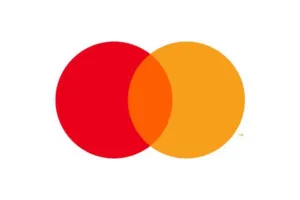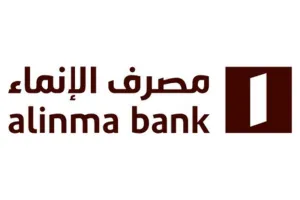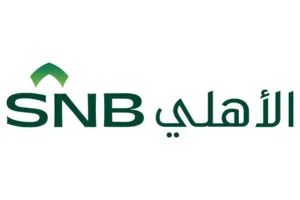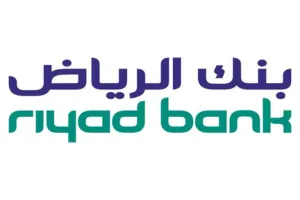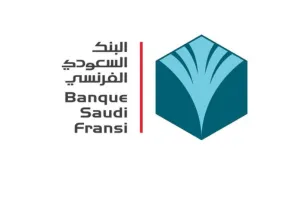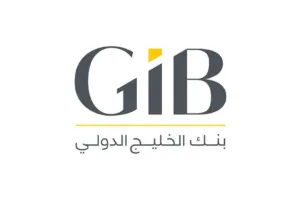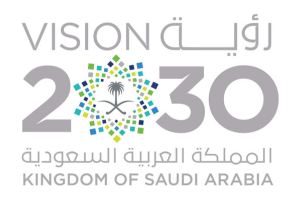Factory to produce smart fabrics resistant to bacteria and viruses
Establishing a factory specialized in producing smart fabrics that are resistant to bacteria and viruses using the latest technologies in textiles and nanoprocessing. The factory relies on incorporating antimicrobial materials into the fibers to ensure permanent protection, making these fabrics ideal for use in medical, health, hospitality, and everyday wear.
Study content
Rationale for choosing the project
Rising health awareness: Increased demand for products that are resistant to bacteria and viruses, especially after the global pandemic.
Technological advances: Advances in smart fabric technologies, such as nano-processing, have made it possible to produce materials that are more efficient in protection and comfort.
Growing demand in various sectors: Health, hospitality, transportation, and everyday wear, which is boosting market opportunities.
Trend towards sustainability: Use of eco-friendly manufacturing techniques in line with global sustainability standards.
Encouraging local manufacturing: Supporting Saudi Vision 2030 to boost local production and reduce reliance on imports.
Investment advantages
Sustained and growing demand: Continued need for antimicrobial fabrics in critical sectors.
Exportability: Potential to expand to regional and international markets, especially as global health standards increase.
Government support and investment encouragement: Benefit from government incentives for industrial projects in Saudi Arabia.
Use of advanced technology: This gives the project a competitive advantage in the textile market.
Product diversity: Manufacturing multiple products that meet the needs of several sectors, which minimizes investment risks.
Demand analysis
Health sector: Hospitals and health facilities are increasingly relying on antibacterial fabrics to prevent infections.
Hospitality sector: Hotels and restaurants need clean, bacteria-resistant furnishings and fabrics to ensure guest safety.
Apparel sector: Smart antibacterial clothing is gaining popularity in sports and everyday wear due to its health benefits.
Transportation sector: Airlines, trains, and buses are looking for solutions that protect passengers from the transmission of germs.
Local and regional market: Growing demand in the GCC and the Middle East with the potential to export to global markets.
Financial indicators
Total expected investment: Between SAR 50 to 80 million,depending on the size of the production and the technology used.
Return on Investment (ROI): Expected to range from 15% to 20% per year based on strong demand and sustained growth.
Payback period: 4 to 6 years, with improved cash flow after the second year of operation.
Annual production capacity: An estimated 5,000 to 10,000 tons of smart fabrics, depending on product lines and expansion.
Gross profit margin: Expected to be between 30% to 40% due to the high added value of smart fabrics compared to traditional fabrics.
Annual operating cost: Estimated at SAR 20-35 million,including raw materials, wages, and energy.
Features of the project
Utilizing the latest technology: Utilizes nano-technologies and advanced finishes to produce high-quality, antimicrobial fabrics.
Diversified products and markets: Catering to the healthcare, hospitality, apparel, and transportation sectors, which enhances revenue stability.
Rising local and regional demand: The Saudi and GCC market is witnessing a growing demand for healthy and sustainable products.
Export opportunities: Access to global markets looking for innovative and healthy fabrics.
Government support and encouragement of industrial investment: Capitalize on Saudi Vision 2030 initiatives to boost local industry.
Strong competitive advantage: The lack of competitors in the smart fabrics field in the region gives the project an opportunity to capture a large market share.
Sustainability and efficiency in production: The use of environmentally friendly materials and energy-efficient production techniques contributes to reducing operational costs and achieving sustainability goals.









